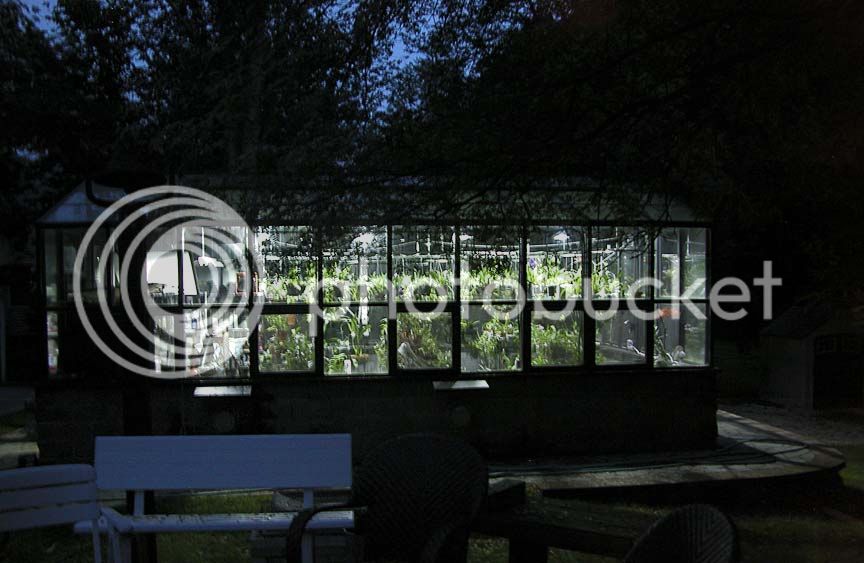How many lights did you install? I think I am seeing 8. Are they all cool white?
Also, the nice thing about these is that not only do the LEDs themselves use far less electricity than other lamp types, they also don't have wattage-sucking ballasts like HID lamps do. People often forget to take into account the energy consumption of said ballasts when calculating their costs of running HID lamps.
Also, the nice thing about these is that not only do the LEDs themselves use far less electricity than other lamp types, they also don't have wattage-sucking ballasts like HID lamps do. People often forget to take into account the energy consumption of said ballasts when calculating their costs of running HID lamps.




